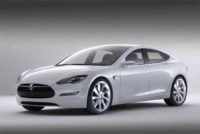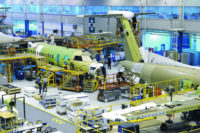Worldwide sales of hybrid-electric vehicles will increase to 4 million units annually by 2015, according to a report by the market research firm The Freedonia Group Inc. (Cleveland).
Among other forecasts, the report's authors predict that hybrids will quickly penetrate the global light vehicle market in response to rising energy costs and increased emissions regulations. The study, titled "World Light Hybrid-electric Vehicles," also anticipates that cost disparities between hybrids and conventional light vehicles-currently estimated at between $2,000 and $4,000 dollars-will decline as production volumes increase.
The primary market for hybrids will continue to be in the United States, Western Europe and Japan. However, the rapidly growing Chinese market is also expected to experience strong demand for fuel efficient and environmentally friendly vehicles.
Among industrialized nations, the United States is expected to experience the highest levels of demand, due to rising fuel costs and the lack of an existing market for light-vehicle diesels beyond the full-size truck and sport utility vehicle categories.
Demand for hybrids in Western Europe, where overall light vehicle diesel demand has already reached 50 percent of the total market, is expected to be significantly lower than in the United States. Japan will see increased use of hybrids as the government continues to create tax incentives to stimulate demand.
Both China and South Korea are expected to experience strong hybrid growth in the next 10 years as a consequence of their governments' interest in reducing vehicle emissions and promoting sales of the hybrid vehicles manufactured in their own countries.
Demand will be substantially weaker in the rest of the developing world, although India may become a strong market if that country's government gets serious about addressing the growing problem of vehicle emissions.
Among hybrids, so-called "mild" hybrids, which include technologies such as "stop-start" systems and belt-driven hybrid assist systems, are expected to experience especially rapid growth going forward. Mild hybrid systems are much easier to integrate into current vehicle lines, and are priced lower than fully integrated full hybrids.
For additional details or a complete report, click here.


